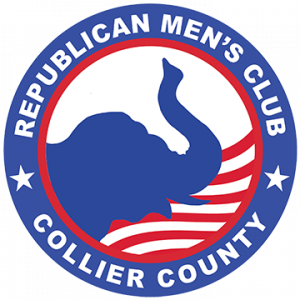The Capitol
Florida’s Capitol over the years has reflected the growth of the state. In the early 1820s, legislators transferred government business from St. Augustine to Pensacola for alternating sessions. Travel was hazardous and took almost twenty days – clearly an unsatisfactory arrangement. As a result, Tallahassee was chosen as the capital of American Florida in 1824, primarily because it was the midway point between the two principal cities.
Three log cabins served as Florida’s first Capitol. In 1826, a two-story masonry building, 40′ X 26′, was built. It was to be the wing of a larger sturcture planned for the future. Although this larger portion was started, it was never completed due to financial problems.
As Florida moved toward statehood, the needs of government grew. There arose a demand for a suitable state house or public building for the use of the Territorial Legislature. On March 3, 1839, Congress appropriated $20,000 for the erection of a new Capitol. The old structure was razed immediately, and Florida’s government temporarily moved into rented quarters.
The brick Capitol was completed in 1845, just prior to the installation of the new State government. This structure remains the core of the Old Capitol to the present day.
The capitol remained virtually unchanged during the Civil War years when Tallahassee was the only Confederate capital east of the Mississippi to avoid capture by Federal troops.
By the 1880s, Florida suffered growing pains caused by an economic boom and expanding population. By 1891 the Capitol needed thorough repair. The building was repainted, a small cupola was added, and plumbing was installed.
The first major alteration to the Capitol came in 1902 when the addition of two wings provided more room for the growing State government, and the familiar dome was added. This was the last time Florida’s government operated under one roof. By 1911 State government was moving to other buildings. Further additions to the Capitol were made in 1923, 1936, and 1947.
Florida’s population continued to grow as did its need for government services. In 1972 the Legislature authorized money for a new Capitol Complex to include House and Senate chambers and offices, along with a twenty-two-story executive office building completed in 1977.
Restoration of the old Capitol became an issue in 1978 with the then Governor Reubin O’D. Askew and House Speaker Donald Tucker favoring outright demolition. Luckily, the old Capitol building was saved and refurbished, being reopened to the public in 1982. |

 Senator Rick Scott Week in Review
Senator Rick Scott Week in Review